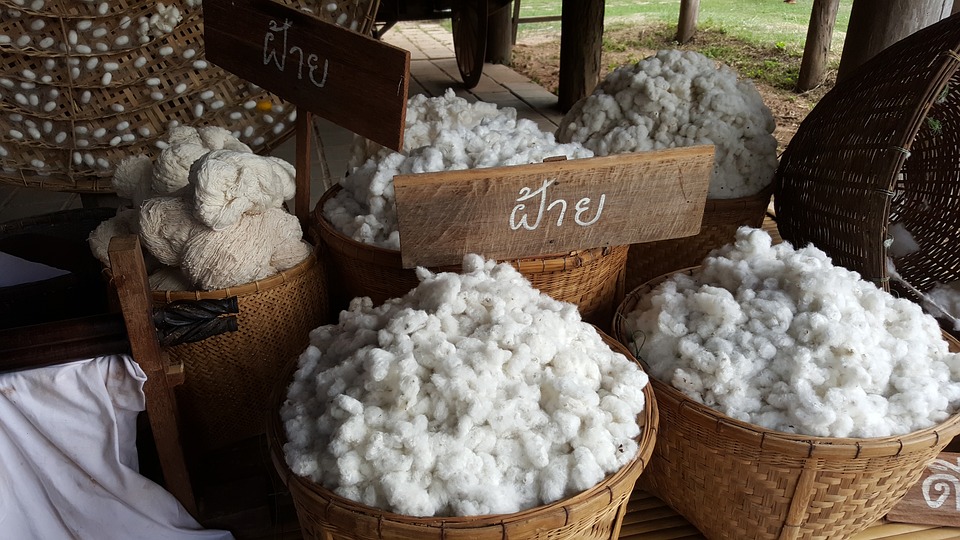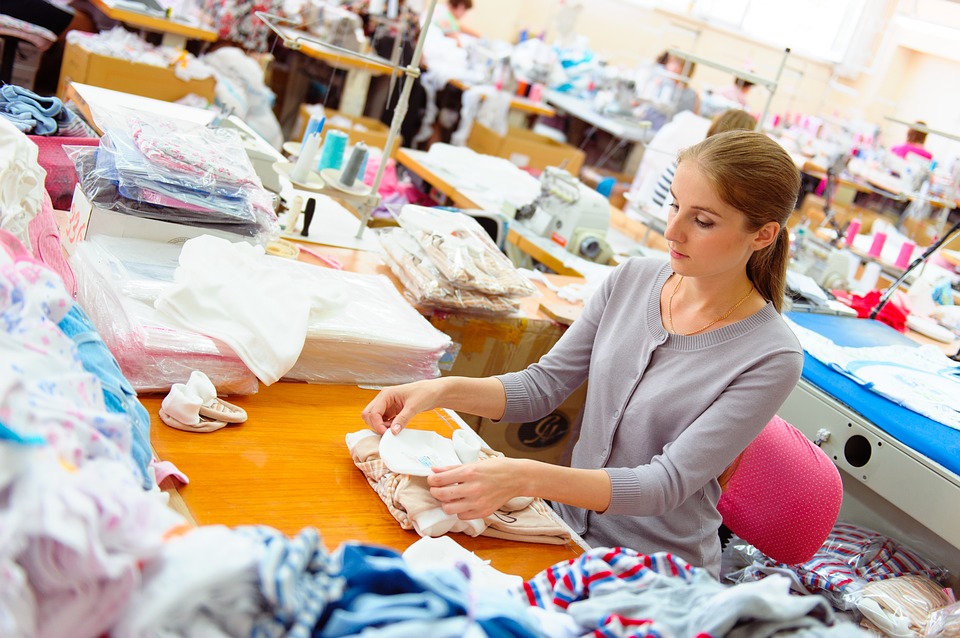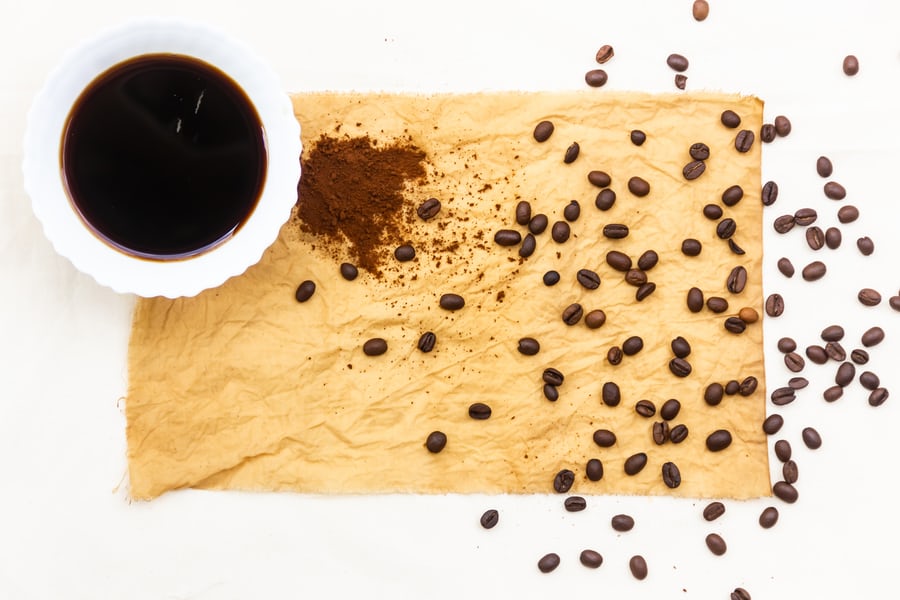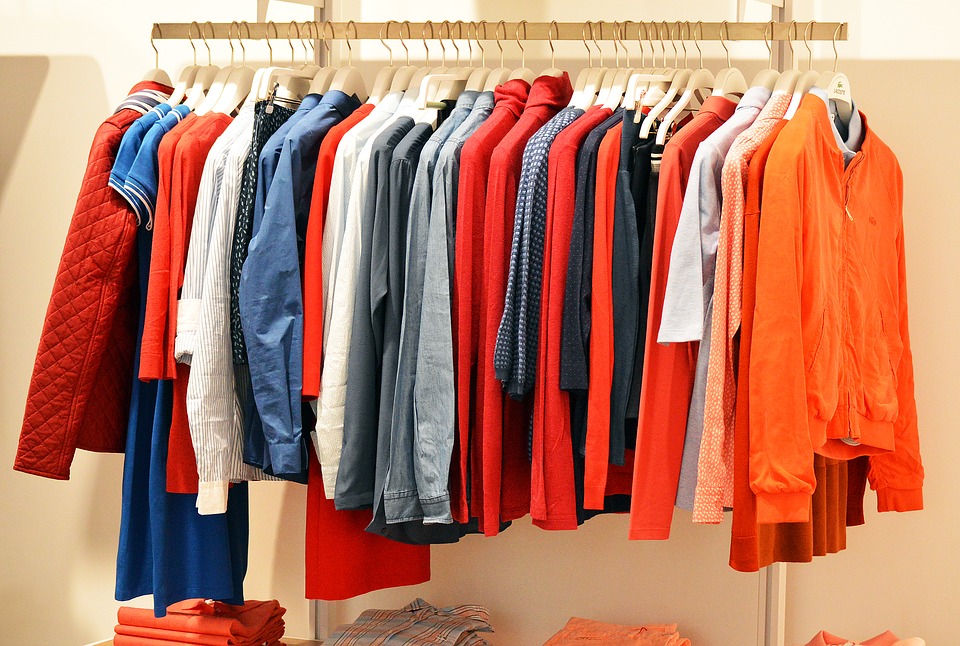Fashion Transparency Index, for example, is an excellent source of information on top brands. It shows which companies have taken significant effort in opening their operations details to the public as well as those which prefer to keep such peculiarities in secret which leads to increased suspicion and distrust.
If you need a to do a fast check on some piece of clothing you’ve just found before taking it to the check-out desk, all you need to do is to take out your smartphone from your pocket or purse, make a few taps and… voila! you have a complete profile of the company you are researching.
Shop Ethical! is probably the most complete app for the environmentally conscious in Australia. It has tons of information on what kind of impact, social and environmental, brands are making on the world.
aVOID is a browser plugin which helps online shoppers to identify if child labour was involved in making of certain products.
In order to check companies for ethics, just do your homework. Internet is an amazing source of all kinds of information, and once you learn to separate the wheat from the chaff, you’ll be able to run effective checks in no time. Look for genuine information and be aware of different PR campaigns brands run to whiten their reputation or to sink their competitors.
Responsible consumerism is one of those simple things that can make huge positive impact on the world if practiced by many. Choose your clothing wisely – you “live” in it all the time and it’s completely up to you what kind of home you’re building.
Sustainable Shopping,
Simplified
It’s the classic dilemma for the sustainable shopper: you’re looking to do good with your wallet, but sometimes that new brand with the cute dresses you just discovered doesn’t give you any hints about their ethics or environmental standards.
Fear not. Below are a few of the top things to look for in a garment that is making an effort towards being better than your average fast fashion fare!

1. Natural Fibers
Garments made with natural fibers like cotton, hemp, linen, wool, and some semi-synthetic fibers, specifically Tencel and Modal are good sustainable choices. Natural fibers biodegrade, unlike fabrics derived from plastics such as polyester and nylon. The plastic microfibers these fabrics shed when washed account for a significant portion of plastic waste entering the ocean, and they won’t be going away anytime soon.

2. High Quality Construction
A well constructed garment is a more sustainable garment. They hold up better in the wash, give you a longer lifetime, and shed fewer fibers. Check the garment for loose threads, and flip it inside out to see the stitching. Are the stitches even, closely spaced, and lying flat on the fabric? If your seams are wavy or stitches appear looser than they should, these are warning signs that the garment was made hastily and won’t withstand much wear and tear.

3. Natural Dyes
Natural dyeing is not a very common practice in the fashion industry, but clothing dyed with natural materials like Indigo are better for you and the environment. By embracing green chemistry and eliminating toxic chemicals from the dye process, the wastewater that dye houses produce would be significantly less harmful when re-entering the environment. The conventional dye process treats fabric with toxic chemicals that have become the industry standard. These chemicals can permeate your skin, which is capable of absorbing 64% of the chemicals from the fabric you wear into your body.
Keep an eye out though for natural indigo instead of the synthetic kind, which can look almost identical.

4. A Fair Price For A Fair Profit
There’s a reason fast fashion’s low prices are unsustainable. The only way they are possible is because someone in the supply chain isn’t getting paid for their work, and those that are most vulnerable are the garment workers and farmers.
“If sustainability is to be the cornerstone of any company’s ethos, then the following three tenets are a great place to start: care about the people making their clothing, your impact on the planet, and give fair profit to all involved.”
Low cost means low regulation. Governments in today’s highest competing apparel markets are trying to provide the lowest manufacturing prices possible, all while putting worker safety at the bottom of their priorities. A recent example of this is the tragic occurrence of the Rana Plaza factory collapse in Bangladesh, in which more that 1,100 garment workers died. This shows the extent to which manufacturers are ignoring labor and safety laws in order to win large contracts with companies who want to churn out on-trend fashions at unrealistic prices.
If sustainability is to be the cornerstone of any company’s ethos, then the following three tenets are a great place to start: care about the people making their clothing, your impact on the planet, and give fair profit to all involved.
Content from-
https://www.thegoodtrade.com/features/what-to-look-for-in-sustainable-clothing
https://ecowarriorprincess.net/2016/09/is-your-garment-really-sustainable-its-time-to-find-out/
